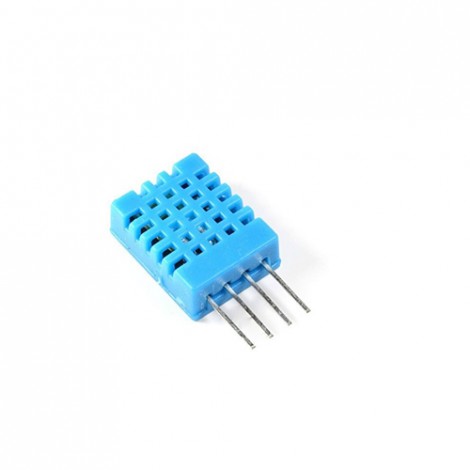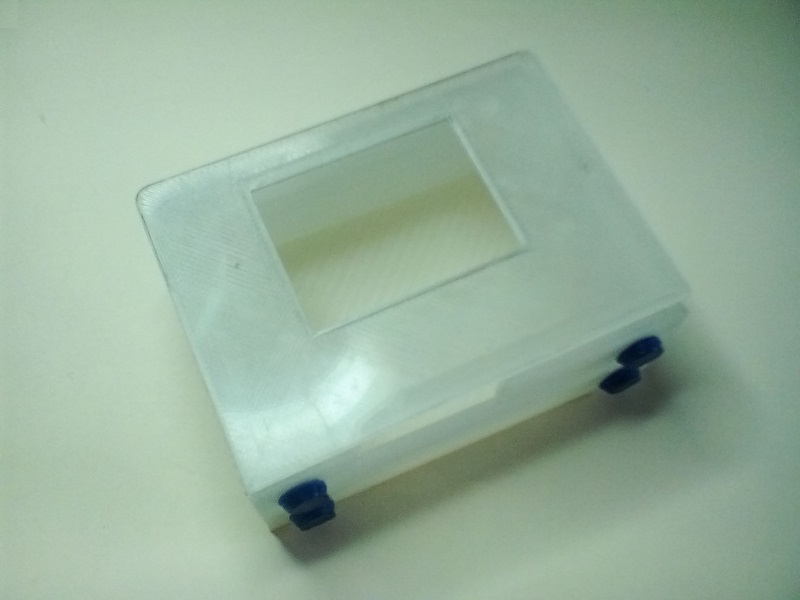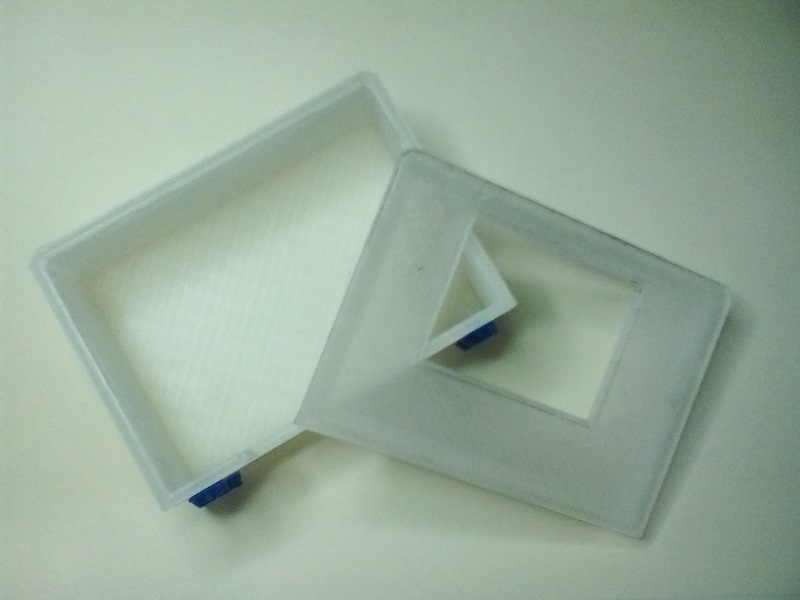The Greenfinger Project
At around the same time as developing the Wemos TFT project,
we were clearing the sheds and greenhouses of unwanted clutter so that we could start a new season of plant and vegetable growing.
After a little research it became clear that plants like an ideal temperature, air humidity and soil moisture.
They need plenty of light. The right light. For the right amount of time.
They also need sleep. Some darkness, for them to rest.
Not too much. Not too little.
We could monitor and control all of these using our newly found Wemos D1 Mini.
We present to you, our Greenfinger project.
ideals
It could just be me and my limited farming skills, but it seems to me that British bought seeds are pretty poor quality.
So far this year, less than half the seeds I have planted have actually germinated.
The best crop I had last year was tomatoes. I'm British, so I say 'tomatoes'
Anyhow, I did not grow these from a packet of seeds.
I read on an internet somewhere, that the best tomatoes are grown from slices of tomato.
To prove this to be true, I sliced some tomatoes and buried them in some dirt.
I was amazed at how many tomato plants sprang up. So many in fact, I gave about half of them away.
There simply was no space in the garden to plant all of them.
This year, I thought I would try to grow some other vegetables but guessing burying slices of carrot or onion would not produce anything other than fungus,
I bought some seeds.
As a computer programmer, I am familiar with variables. I use them constantly.
Anyhoo, the variables on the side of a seed packet are mind boggling.
When to plant - Some seeds February, some September, and anything in between,
unless in a climate controlled environment, then, some plants all year round.
Some veggies grow quickly, so you may want to plant a crop of fast growing,
harvest, then a crop of slower growing, harvest,
then maybe, plant another crop of fast growing.
That would give you three crops, per season, using the same space.
Where to plant - Some seeds in potting trays, some straight into the ground.
Some on a mountain, some in a rainforest, some in a swamp.
Some like a gravel base, some prefer horse excrement.
Some seeds will not germinate unless you boil them first.
No, really. Search for 'seed scarification'.
I also have seeds of exactly the same genus, from different suppliers,
whose instructions are not the same.
The upshot is, don't believe everything you read on the back of a seed packet.
In fact, I would say, I have come a long way by NOT reading anything on the back of a seed packet.
It appears, each plant has some ideals and some variables.
I can't remember all those ideal variables. But I know a microprocessor that can.
taking measurements
 In order to maintain the ideal growing conditions, it helps to have some way to measure those conditions.
In order to maintain the ideal growing conditions, it helps to have some way to measure those conditions.
We will use the DHT 11 temperature and humidity sensor because we have one spare.
More accurate and with a wider range is the DHT 22.
Libraries are available for Arduino and ESP devices.
Boxing it in

 Whilst we were at it, we 3D printed an instrument case in which to mount our project.
Whilst we were at it, we 3D printed an instrument case in which to mount our project.
The first version was to mount the TFT screen, with enough space for a Wemos D1 Mini.

Later we added an extension to house a bigger circuit board, batteries and a membrane keypad.
Click on the images to the left for a bigger image.

The plan
 Our plan is to create a device which can sense conditions in a greenhouse, connect to wifi,
then post data to a database via our MQTT server.
Our plan is to create a device which can sense conditions in a greenhouse, connect to wifi,
then post data to a database via our MQTT server.
We would then be able to graph our data and find ways to control the environment autonomously.
